Bitcoin price tops $68K but a few concerning headwinds remain
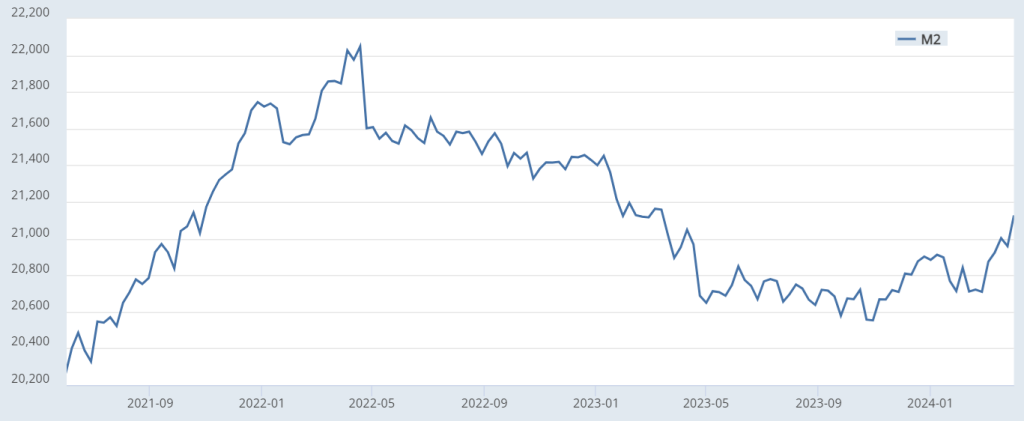
Bitcoin price shows strength as investors expect the Fed to resume printing, but a handful of global macroeconomic headwinds are still in play.

Bitcoin (BTC) last closed above $68,000 on April 11, despite trading above $67,000 several times in the past five days. Even as Bitcoin gains 2% on May 20, another 7% move is needed to meet its all-time high. Meanwhile, gold reached a record high of $2,450 on May 20, and the S&P 500 index climbed to its all-time peak of 5,325 points. This backdrop has left BTC investors pondering the factors that are restraining its progress.
Bitcoin anticipated the U.S. monetary expansion, gaining 51% year-to-date
It can be argued that Bitcoin’s 51% gains year-to-date reflect investors’ anticipation of the monetary expansion that has recently benefited other assets. With the United States Federal Reserve (Fed) needing to inject liquidity—either to support the troubled banking sector or to stimulate the economy—investors typically turn to scarce assets for protection. This inclination intensifies if there is an increasing likelihood of an economic recession.
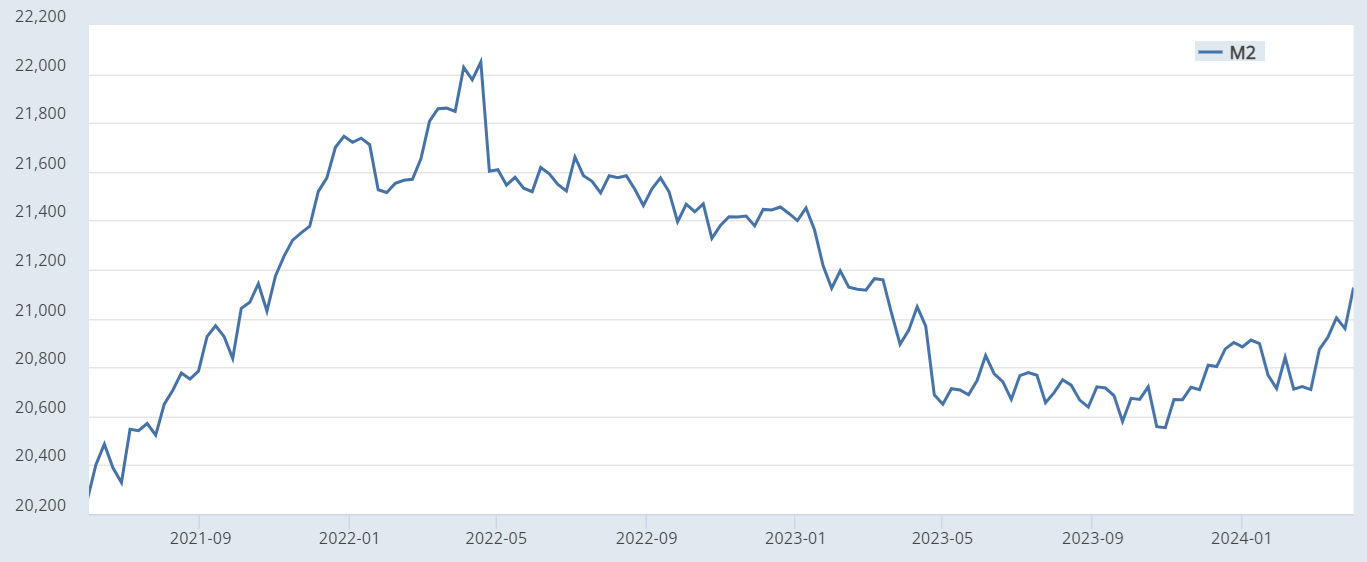
According to U.S. Fed data, the broader U.S. monetary base (M2), which had stagnated at $20.8 trillion since May 2023, surpassed $21.0 trillion in April 2024. This shift marks the end of a contraction period that began in April 2022 when the M2 indicator reached $22 trillion. Regardless of interest rate trends, the increase in circulating money suggests rising inflationary pressures, even if companies and individuals are currently hesitant to spend.
However, it would be simplistic to assume that the U.S. government will continue to add liquidity if inflation remains a major public concern. For example, the U.S. Fed might choose to reduce interest rates while also taking steps to restrain the economy, such as increasing banks’ reserve requirements. This strategy could slow the expansion of the M2 monetary base in hopes of achieving a “soft landing,” which aims to avoid a recession following a period of high interest rates.
Weak global real estate sector impact on investors’ expectations
Several factors are weighing on Bitcoin’s price, including some that are external to the cryptocurrency market and others related to the dynamics of Bitcoin trading and momentum. For instance, on May 17, Chinese authorities announced plans to address the region’s troubled real estate market. This decision underscored the risks of an economic downturn, given the sector’s fragile conditions.
The People’s Bank of China (PBOC) will provide $42.2 billion to state-owned enterprises to purchase unsold apartments. Larry Hu, chief China economist at Macquarie, reportedly told CNBC that resources from local governments “may be too limited to move the needle at the macro level.” Hu further noted that “later on, we might see more efforts from the central government.” Consequently, investors remain skeptical that this one-off intervention by the central bank will resolve the issue.
The risk of an economic crisis triggered by the real estate sector extends beyond China, as noted by Starwood Capital Group CEO Barry Sternlicht on May 15. According to Yahoo Finance, Sternlicht stated that “commercial real estate is facing a balance sheet crisis” and added that “borrowers will have trouble refinancing debt because interest rates have risen.” He also reportedly predicted that regional and community banks in North America are likely to begin failing.
Bitcoin’s limited adoption and pressure from Grayscale’s holding firm
From one perspective, the increased risk of an economic recession could be seen as beneficial for Bitcoin, as this cryptocurrency was specifically designed to function as an independent financial system. However, it is important to acknowledge that Bitcoin is still not mainstream, particularly as a closed-loop economic system or means of exchange. This is why investors, when seeking a hedge, seldom regard Bitcoin as a primary option, viewing it instead as a risk-on asset.
On May 20, Grayscale asset manager’s CEO, Michael Sonnenshein, announced his resignation after a decade with the firm. Grayscale manages the GBTC spot exchange-traded fund (ETF). Its parent company, Digital Currency Group (DCG), was significantly affected by the bankruptcy of its crypto lending and trading business, Genesis, in January 2023. As a result, investors are concerned that a portion of the $19.4 billion GBTC fund might be liquidated, which could negatively impact Bitcoin’s price.

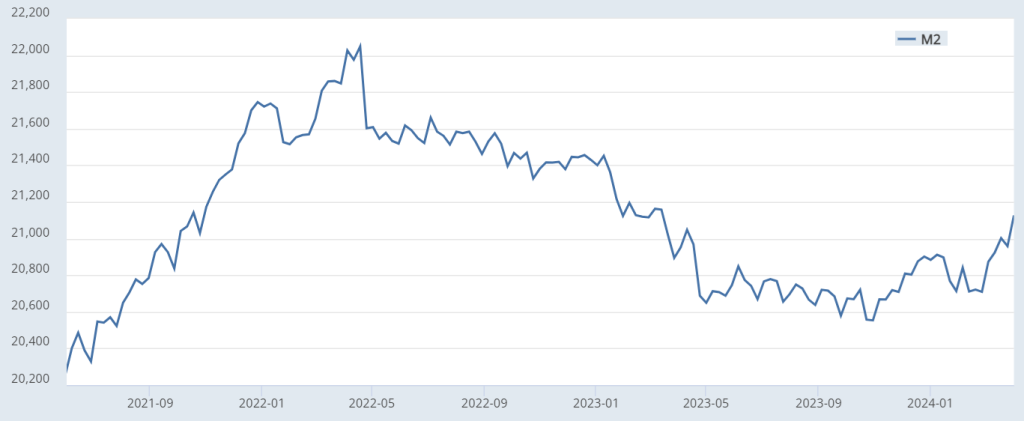


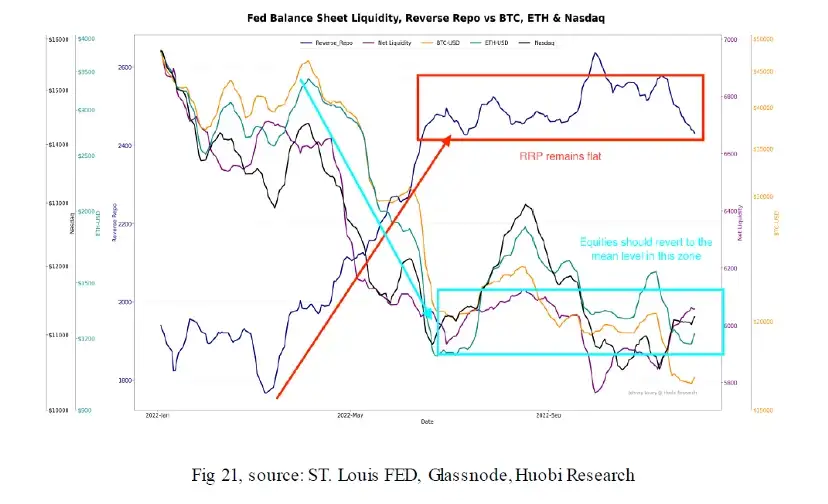
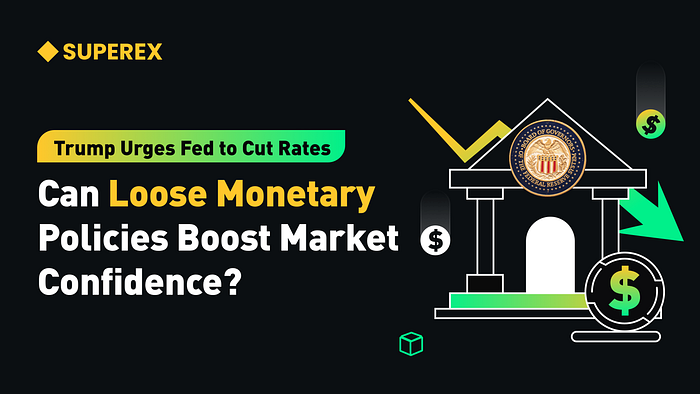
Responses